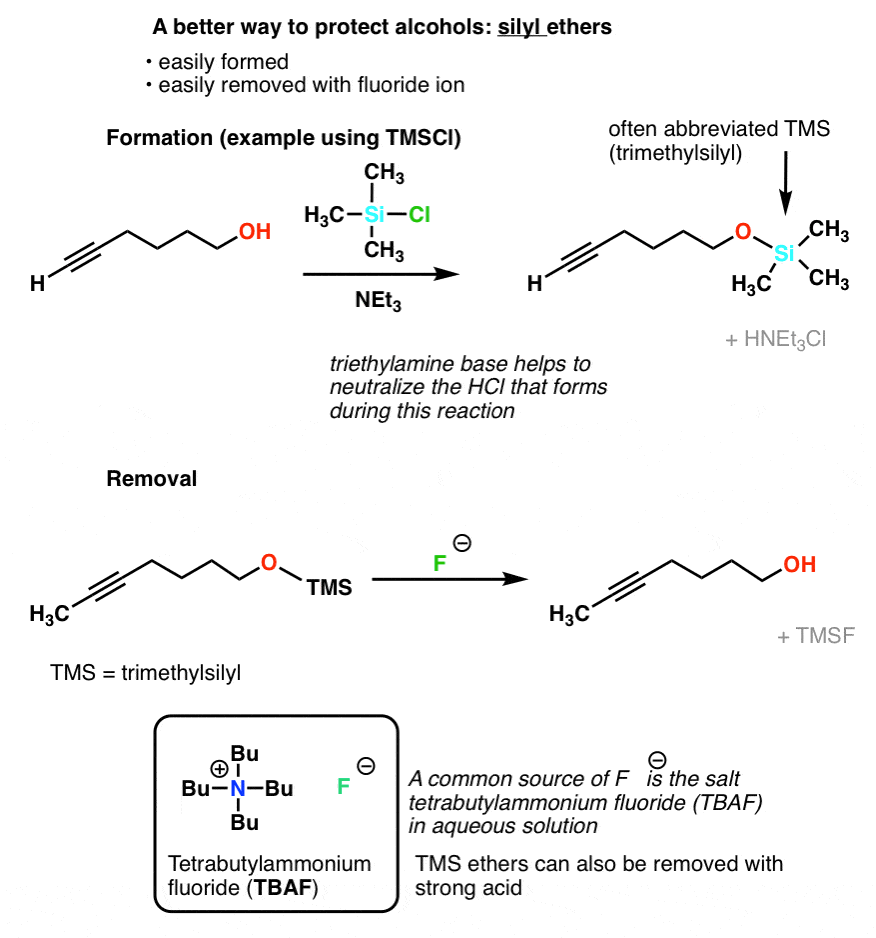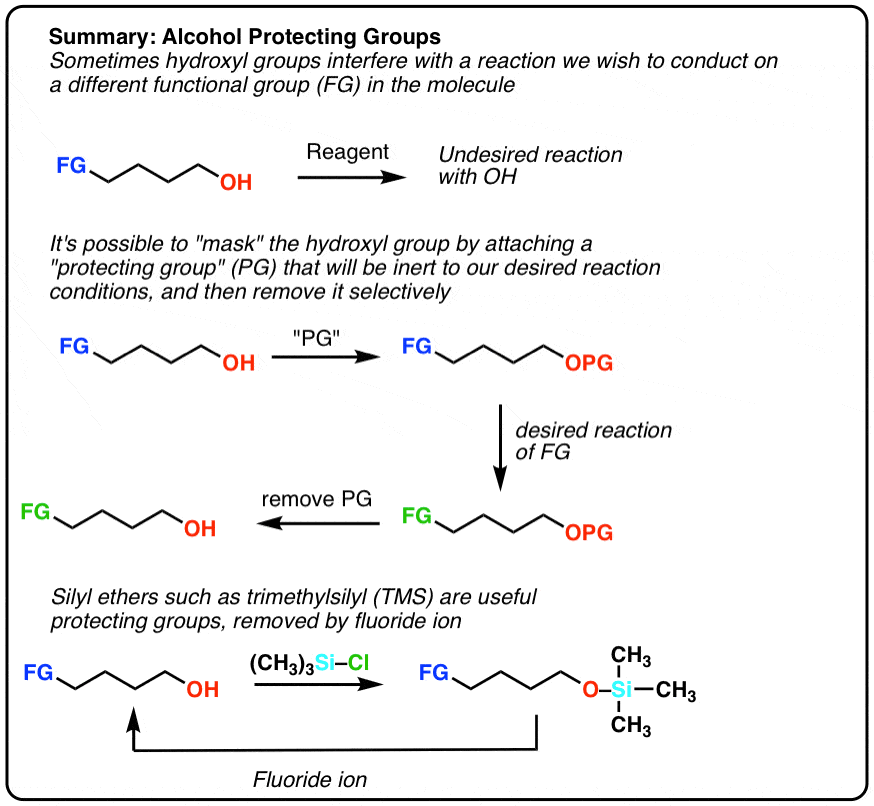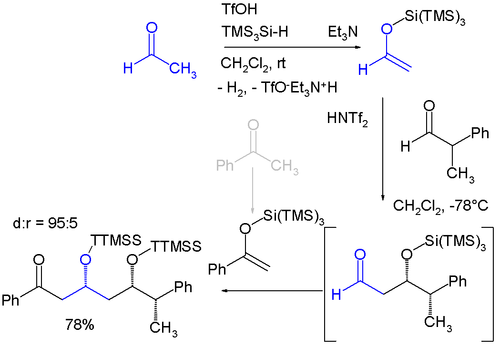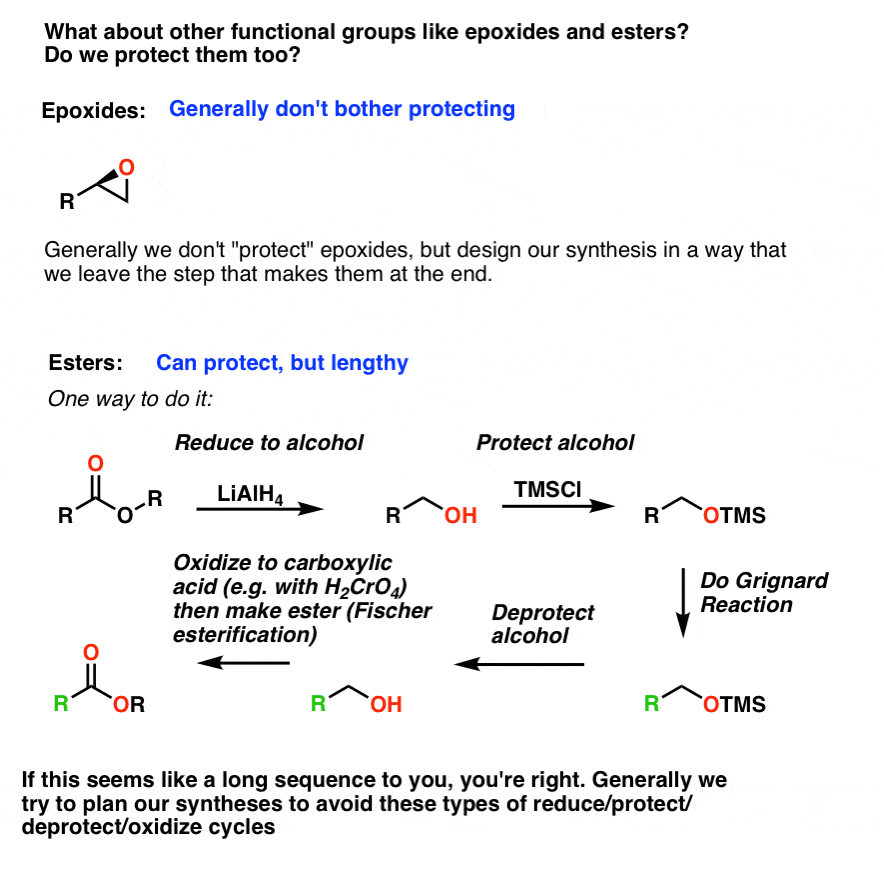Reference




OpenAI's Answer
Trimethylsilyl (TMS) groups are commonly used as protecting groups for alcohols in organic synthesis. Various acids can effectively cleave TMS groups from protected molecules. Here's a summary of the acids known to cleave TMS groups:
-
Acetic Acid: Acetic acid in aqueous conditions is effective in cleaving TMS groups.
- Source: ScienceDirect
-
Hydroiodic Acid (HI): Hydroiodic acid is a particularly strong acid used for ether cleavage, including TMS-protected alcohols.
- Source: Master Organic Chemistry
-
Trifluoroacetic Acid (TFA): Trifluoroacetic acid is also used to cleave TMS groups.
- Source: Wikipedia
-
Hydrochloric Acid (HCl): A dilute solution of hydrochloric acid can similarly cleave TMS ethers.
- Source: Gelest
In summary:
- Acetic Acid (commonly in water/tetrahydrofuran solutions)
- Hydroiodic Acid (HI)
- Trifluoroacetic Acid (TFA)
- Hydrochloric Acid (HCl) (dilute solutions)
Each of these acids offers different reaction conditions that can be chosen based on the sensitivity of the substrate and the desired rate of deprotection.
Follow Up
Related
What methods have been used to address seasonal acidity in Bowman Creek?
Which chemical reactions involve tris(trimethylsilyl)silane and triflic acid?
How has acid rain historically impacted the brook trout in Bowman Creek?
What are the main products of the Olivine reaction with water and carbonic acid?